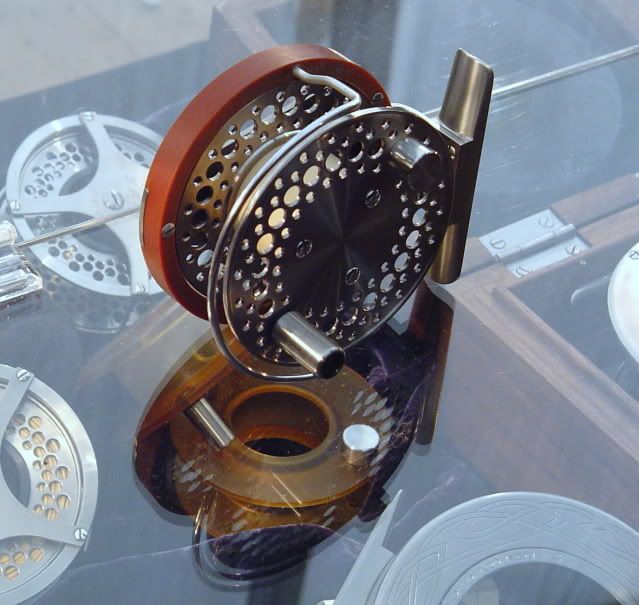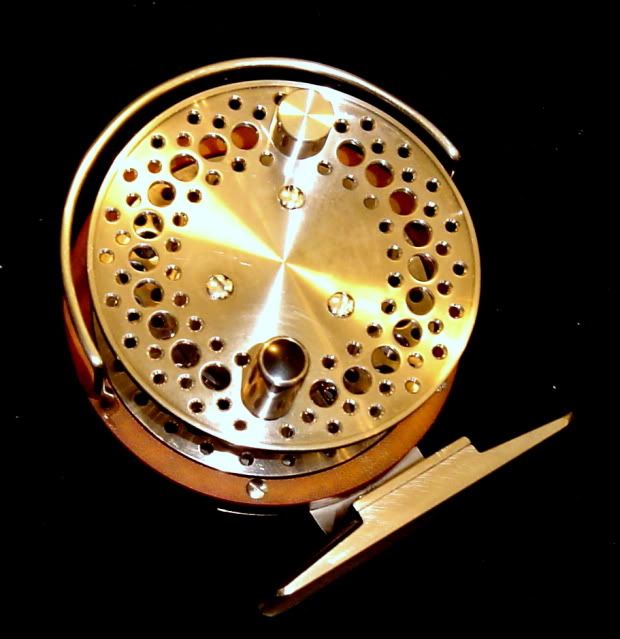First, a few considerations:
At the beginning of the 19th century aluminium was said to be price comparable with gold, some claim it was even more expensive. Napoleon is said to have had a set of aluminium plates for the use of his favoured guests.
In 1884 aluminium was used for the apex of the Washington Monument and is stated to be the same price as silver (around $1/ounce)
Between 1889 and 1892 the method of production of aluminium changed from the sodium process to the electrolyte method.
In the UK this resulted in the price falling from “half a guinea a pound” (10 shillings and 6 pence) in 1889 to 2 shillings a pound by 1892, - “comparable bulk for bulk with the cost of copper” to quote a contemporary UK newspaper.
In the US of A, the cost was £2-10-0 a pound in 1886, when the countries total production did not exceed 3000 lbs (most of which was used in steel production). By 1897 the metal could be obtained for 1 shilling 4.5 pence per pound, with US production being around 4,000,000 lbs weight.
By 1900 aluminium was still twice the price of copper per pound, but it is less than one third the density.
During the last decades of the 19th century, the huge demand for copper to service the expansion of both electrical and telephone distribution systems saw copper prices rise rapidly. This continued in the US until the Government introduced price limits during WW1.
Anyone producing fishing reels during this period would have been aware of most of the above. Brass reel makers would watch as their raw material was becoming harder to source and increasingly more expensive, and simultaneously the price (and quality) of aluminium more viable; not to mention the weight consideration.
We understand that Hardy Brothers of Alnwick, the famed fishing tackle makers, were experimenting with what they called their “Hercules metal” in the late 1880’s. (I should note here that some of these were made for Hardy by David Slater and possibly Malloch) This is basically an “aluminium bronze” and, to quote an early Hardy catalogue, contains “three to twelve per cent aluminium” [not to be confused with some pre 1900 “Hardy Hercules reels” made of Aluminium, these are rare animals] What I'm trying to find is the first true aluminium reel.
Some UK reel makers obviously saw a future for the metal. It was recorded in the Birmingham Daily Post in April 1893 that Mr Reuben Heaton had filed a patent for “Aluminium Solder” as early as 1892.
Jess Miller, in his Dunkeld Collection book, describes the Combined Fly/Spinning reel thus: “It was certainly one of Hardy’s earliest alloy reels and was made between 1894 and 1898.”
On the other side of the Atlantic, in a similar vein, various makers were also experimenting with this new metal which, to quote an 1892 English newspaper “greater uses would be found than any that had yet been discovered”.
. . . .I posted the query on ORCA's board - read here
Further research reveals this article by Dr David Harris which suggests the first ever aluminium casting (a statue of Diane de Gabies, by Paul Morin) was produced between 1858 & 60.
My answer to the original question is that I don’t know who made the first aluminium fishing reel. It is not impossible that, in the manner of Napoleon’s plates or one of the mid 19th century solid silver reels, someone made an early, and expensive, toy reel.
It is a fair assumption that the first commercial aluminium reel was produced around 1890. Now all we have to do is prove which reel and who made it.


